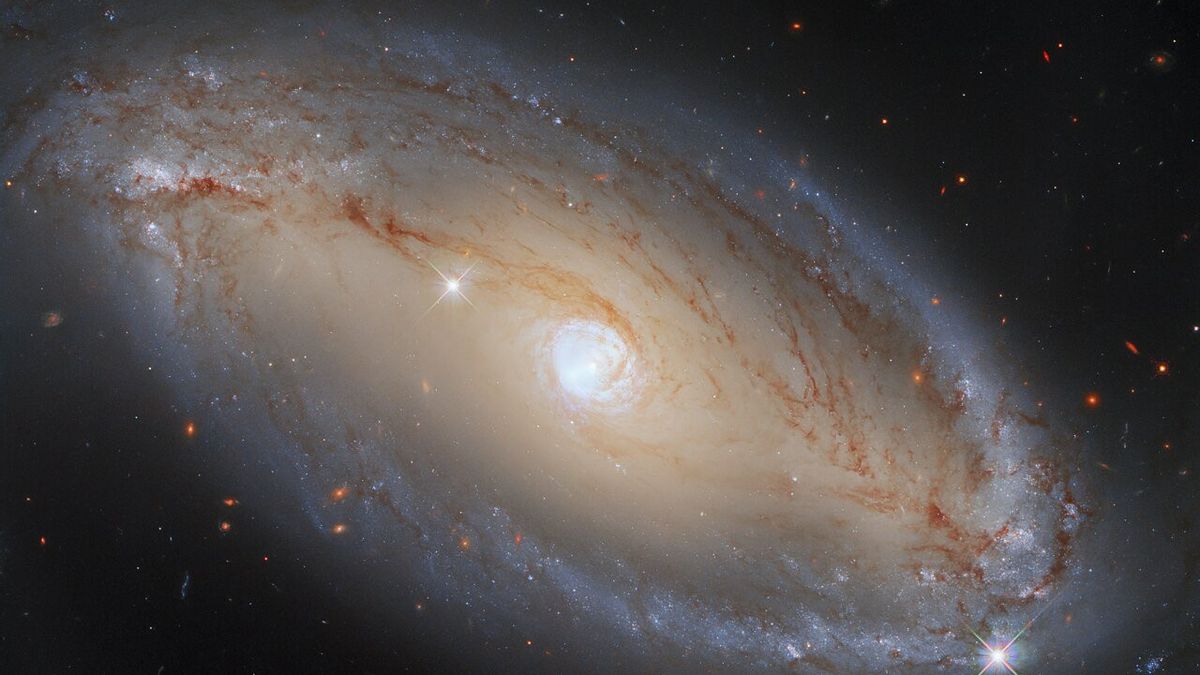JAKARTA - The Hubble Space Telescope has captured a very luminous and energetic galaxy, dubbed NGC 5728. This spiral galaxy is about 130 million light years from Earth.
This galaxy is captured in infrared light and visible light. NGC 5728 is a very energetic type of galaxy like the Seyfert galaxy, and uniquely it has a very bright galactic core.
“In this image, NCG 5728 appears as an elegant, luminous, barred spiral galaxy. However, what this image doesn't show is that NGC 5728 is also a very energetic type of galaxy, known as the Seyfert galaxy," the Hubble scientists said.
This type of highly energetic galaxy is powered by its active core, known as active galactic nuclei (AGN). There are many different types of AGN, and only a few of them drive the Seyfert galaxy.
Other types of galaxies with active galactic nuclei, such as quasars, are difficult to see because the amount of radiation they emit obscures the entire galaxy. But Seyfert galaxies like NGC 5728 can be seen clearly and look like standard galaxies.
For your information, this image was taken using Hubble's Wide Field Camera 3, which shoots in visible light and infrared wavelengths, enabling it to capture the galaxy in all its glory.
However, there is more light emitted by AGN in other wavelengths that the Hubble instrument cannot capture. This is one reason why astronomers observe the universe in various wavelengths, such as ultraviolet light, X-rays, or radio wavelengths.
Each different wavelength allows them to see different features in nature. The infrared wavelengths used by Hubble, for example, are excellent for looking through dust clouds to see structures that would otherwise be invisible.
The English, Chinese, Japanese, Arabic, and French versions are automatically generated by the AI. So there may still be inaccuracies in translating, please always see Indonesian as our main language. (system supported by DigitalSiber.id)












